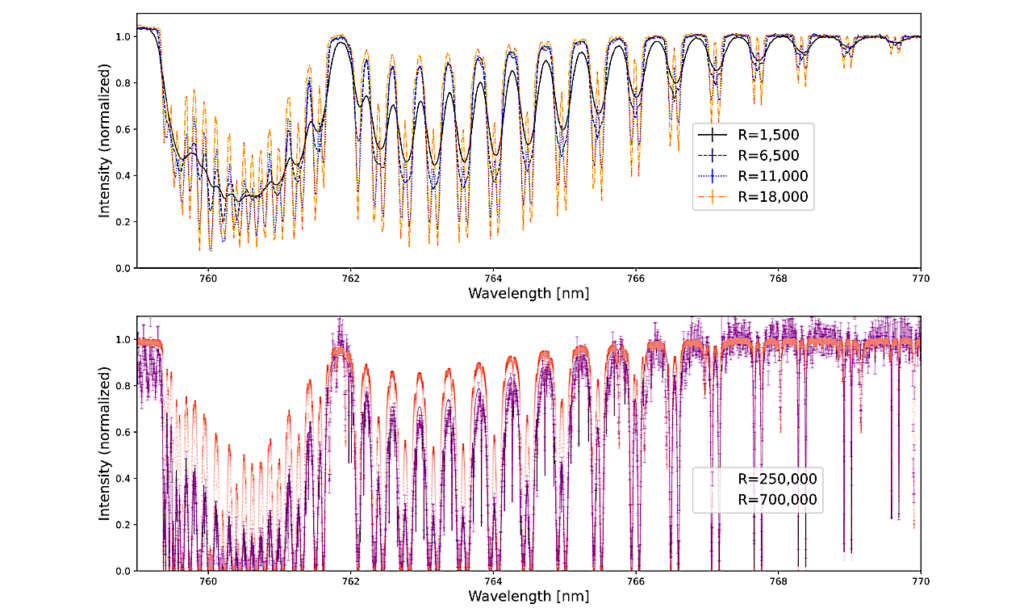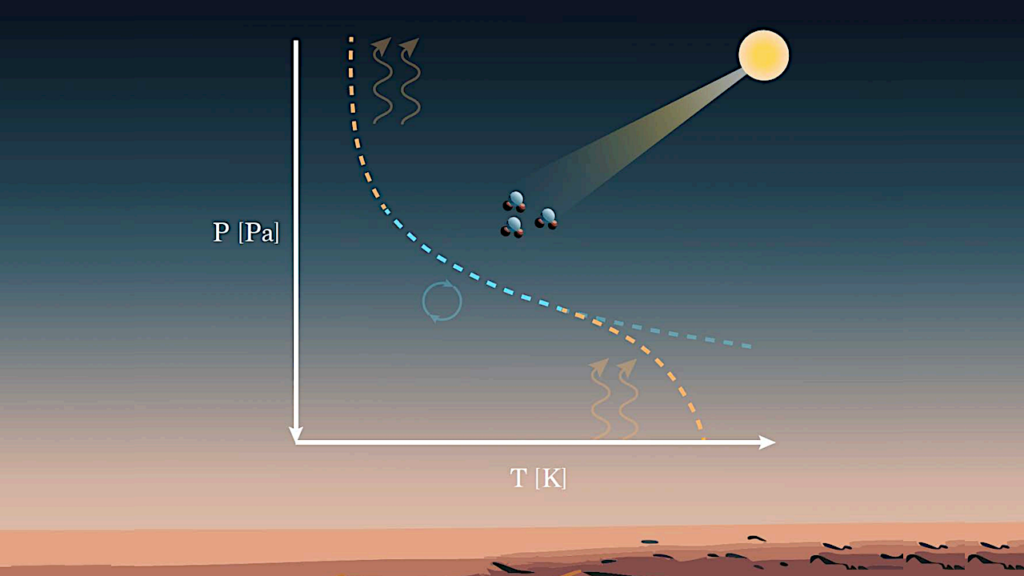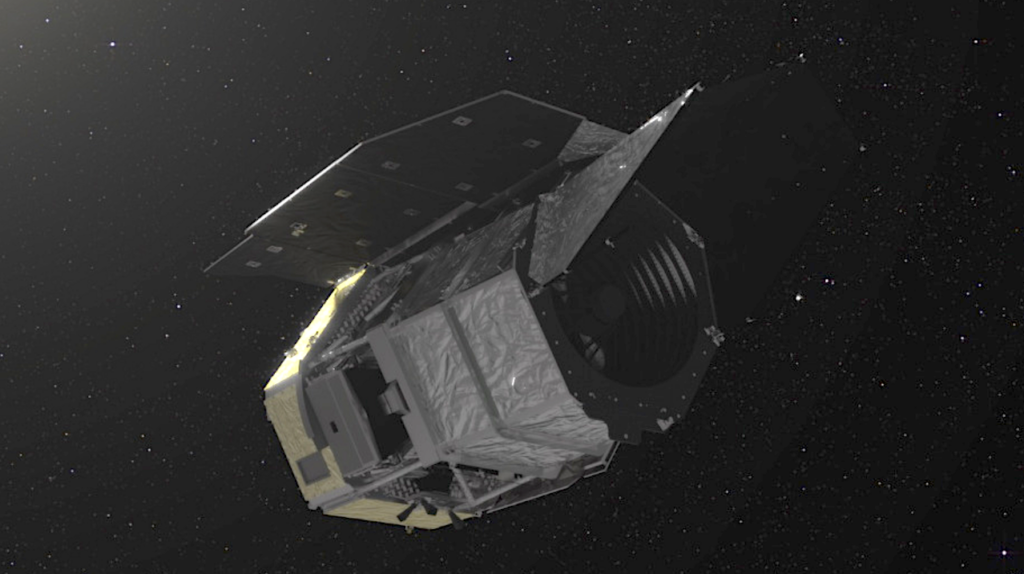Habitability around F-type Stars

We explore the general astrobiological significance of F-type main-sequence stars with masses between 1.2 and 1.5 Msun.
Special consideration is given to stellar evolutionary aspects due to nuclear main-sequence evolution. DNA is taken as a proxy for carbon-based macromolecules following the paradigm that extraterrestrial biology may be most likely based on hydrocarbons. Consequently, the DNA action spectrum is utilized to represent the impact of the stellar UV radiation.
Planetary atmospheric attenuation is taken into account based on parameterized attenuation functions. We found that the damage inflicted on DNA for planets at Earth-equivalent positions is between a factor of 2.5 and 7.1 higher than for solar-like stars, and there are intricate relations for the time-dependence of damage during stellar main-sequence evolution.
If attenuation is considered, smaller factors of damage are obtained in alignment to the attenuation parameters. This work is motivated by earlier studies indicating that the UV environment of solar-type stars is one of the most decisive factors in determining the suitability of exosolar planets and exomoons for biological evolution and sustainability.
S. Sato, M. Cuntz, C. M. Guerra Olvera, D. Jack, K.-P. Schroeder (Submitted on 28 Dec 2013)
Comments: 35 pages, 12 figures, 4 tables; submitted to: International Journal of Astrobiology
Subjects: Solar and Stellar Astrophysics (astro-ph.SR)
Cite as: arXiv:1312.7431 [astro-ph.SR] (or arXiv:1312.7431v1 [astro-ph.SR] for this version)
Submission history From: Manfred Cuntz [v1] Sat, 28 Dec 2013 13:42:13 GMT (1614kb)








